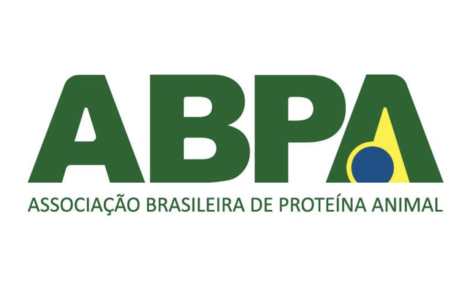



ASF fears prompting broader view of biosecurity
Joe Connor, DVM, Carthage Veterinary Service speaks to Pig Health Today.Maintaining good biosecurity has long been key to advancing the health, well-being and productivity of hog farms, but the threat of African swine fever (ASF) has raised the bar and prompted veterinarians and producers to take an even broader view, said Joe Connor, DVM, Carthage Veterinary Service.
“Ten to 20 years ago, a large part of our risk would have been in animal or semen movements,” he told Pig Health Today.
“With the global industry, that risk has really shifted. We move a lot of products (feed ingredients, vitamins, trace minerals) and soft goods. We now have to monitor the safety of those inputs before they get into our production systems.”
Beginning in 2013, outbreaks of porcine epidemic diarrhea virus forced the pork industry to look beyond the traditional exposure methods - people, animals and aerosol, for instance - and expand their focus to other possible risks, such as feed and feed ingredients. On a positive note, that led to research projects that provided new answers and direction for the future.
New strategies underway
“We’ve all addressed, to some extent, the biosecurity that we can control relatively easily,” Connor said. “How people and supplies enter farms, how pigs are transported out, how breeding stock is sampled and isolated.”
One area where progress is needed: Cross-contamination at pig-collection points such as slaughter plants, as well as cull-sow movements.
“We’ve also got to figure out how to manage those feed ingredients and soft goods that are manufactured in [ASF] endemic or active countries,” he noted.
Now that research has confirmed the ASF virus’ ability to survive trans-Pacific shipment, as well as its infectivity abilities in feed and liquid, the search for risk-mitigation strategies is underway.
Meanwhile, Connor listed three priorities for the farm - not just for ASF, but also to address current and possible emerging disease risks:
- Biosecurity education and methods - Keep biosecurity education and methodologies in front of swine veterinarians and producers, so that they’re thinking about inputs coming onto farms and are prepared for mitigation steps once those recommendations are refined.
- Onsite auditing - Carthage Veterinary Services veterinarians are auditing biosecurity processes more today, Connor noted. “It’s really about having eyes onsite and matching up the written protocols with what they’re actually doing” on the farm.
- Labour turnover - Recognise the impact and needs of labor turnover on farms. He offered the example that you might have a meeting, outline biosecurity protocols and have everyone on board only to return 2 months later, facing a new set of workers. “One of the things we’re trying to do is to have education as part of the immediate post-hiring process,” Connor added. “At least touch those points that we believe are important to protect the herd.” Also, make an effort to educate the entire team versus just the senior management.
Dynamic changes in diagnostics
Whether the disease of concern is ASF, an emerging disease or something yet unknown, diagnostics play a significant role in an effective and quick response. Other positive developments in recent years are the population-based diagnostic options, specifically oral-fluid testing and piglet processing-fluid testing. Connor pointed to research in this arena at Iowa State University and elsewhere that has “changed the way we can sample populations, increasing the sensitivity and lowering the cost.
“If we think about it from our security standpoint, all of those points are critical, and it’s an advantage that we have in terms of detecting new or emerging viruses,” he added. “That’s a huge advantage that we have in the US compared to many other countries.”
Of course, swine diagnostic laboratories will need the capability to quickly ramp up diagnostic sampling when needed, and that’s a work in progress.
For now, Connor said, everyone within pork production needs to stay engaged. He wants producers to remember they are part of this process, not to rely on their veterinarians for biosecurity, and to apply familiar and new protective measures as they surface.
“We all want to be pushing in the same direction,” he noted.






